Over 100 trees transplanted in 2017 for Mumbai Metro have disappeared from Aarey Milk Colony. Environmentalists call it a farce as the same land is now being reused for new plantations, raising serious concerns about tree conservation and transparency.
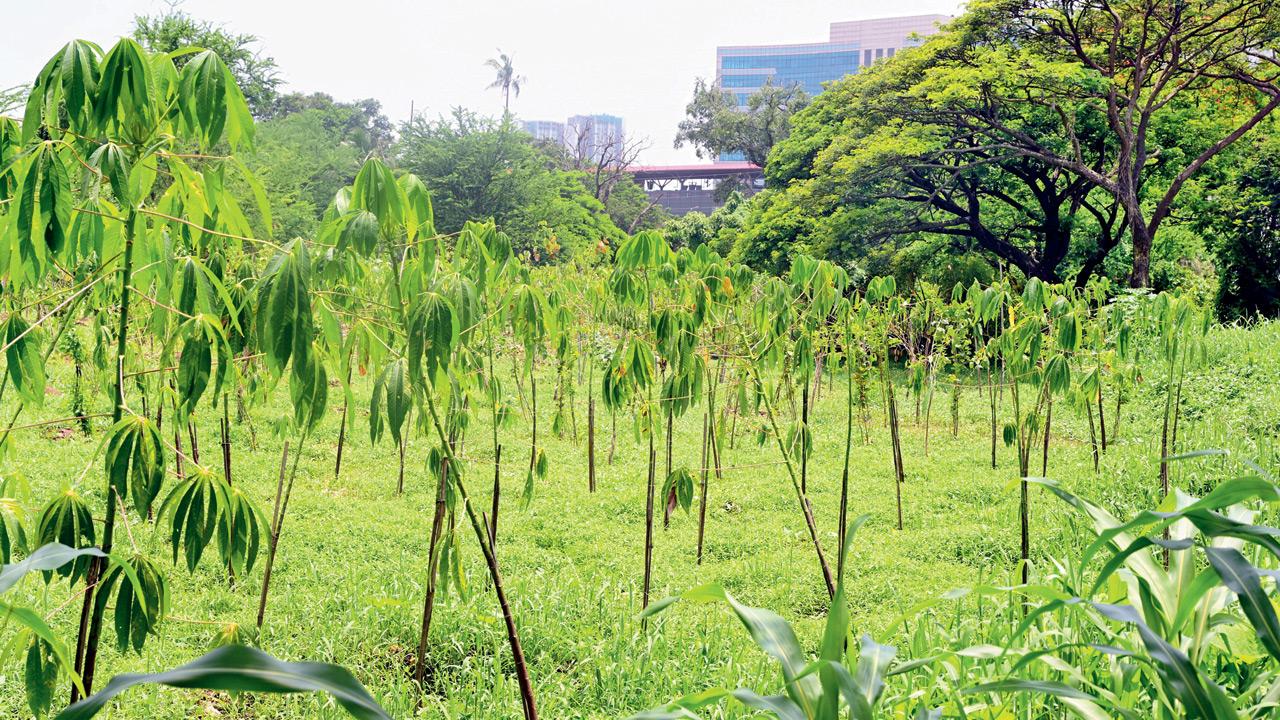
New saplings planted recently at the same Aarey site. Pics/Nimesh Dave
A plot in Mumbai’s Aarey Milk Colony, once used to transplant over 100 fully grown trees felled for Metro construction, now shows little trace of those efforts. A mid-day ground check at the site revealed that most of the transplanted trees have vanished, confirming long-standing fears that the process is more symbolic than sustainable. What’s more, the same land is now being used for a new plantation drive, raising questions about accountability, success rates, and the seriousness of compensatory afforestation.
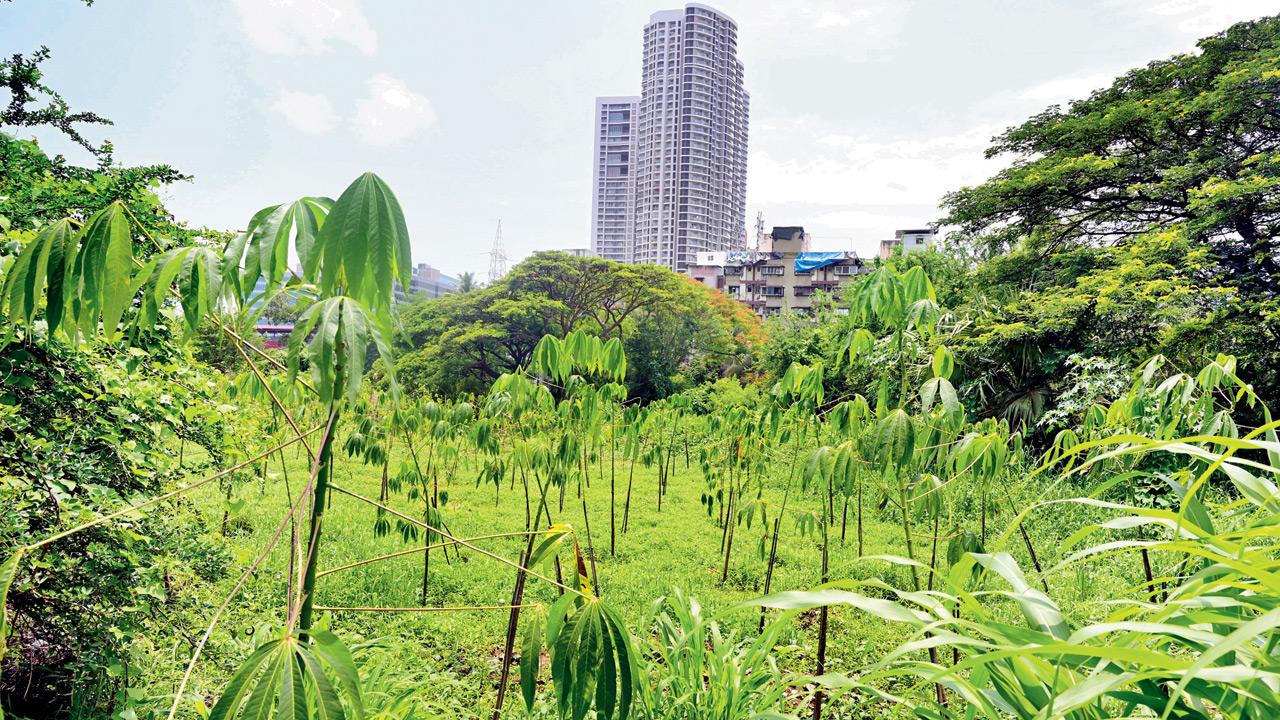
Environmentalists say the plot exposes a systemic failure in Mumbai’s green cover policy, where trees are repeatedly cut and “replaced” with little monitoring or outcome. Locals say more than 100 new saplings were planted here barely ten days ago, with permission from the Aarey CEO’s office.
Kaushlendra Dubey, a resident, said, “Back in 2016–17, I saw trees from the Metro rail alignment being transplanted near Unit 14 in Aarey. When I revisited the spot recently, I was shocked — hundreds of new saplings have been planted, but very few transplanted trees remain. Where did the others go? Has the agency that planted the new saplings informed MMRDA, the Tree Authority, or the Aarey CEO that it’s using the same land again?”
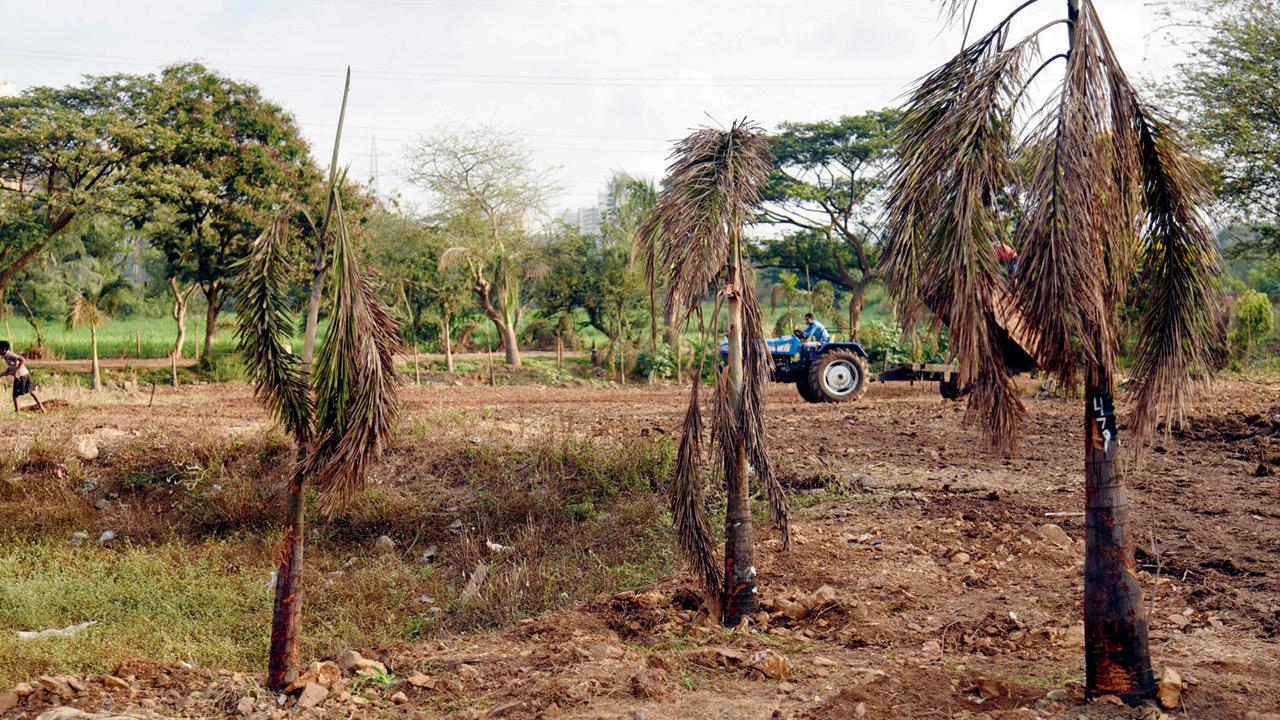 Trees transplanted at Aarey Milk Colony in 2017, most of which have now disappeared. File Pic/Nimesh Dave
Trees transplanted at Aarey Milk Colony in 2017, most of which have now disappeared. File Pic/Nimesh Dave
In the past, mid-day had reported that this same plot was also being used by a private contractor to dry cattle dung. On April 19, 2017, mid-day published a report titled "MMRDA, you killed them young", revealing how over 25 trees transplanted to the Aarey plot for Metro 2A had nearly died. That report came barely two months after MMRDA uprooted over 100 trees from the Metro 2A alignment between Dahisar and DN Nagar.
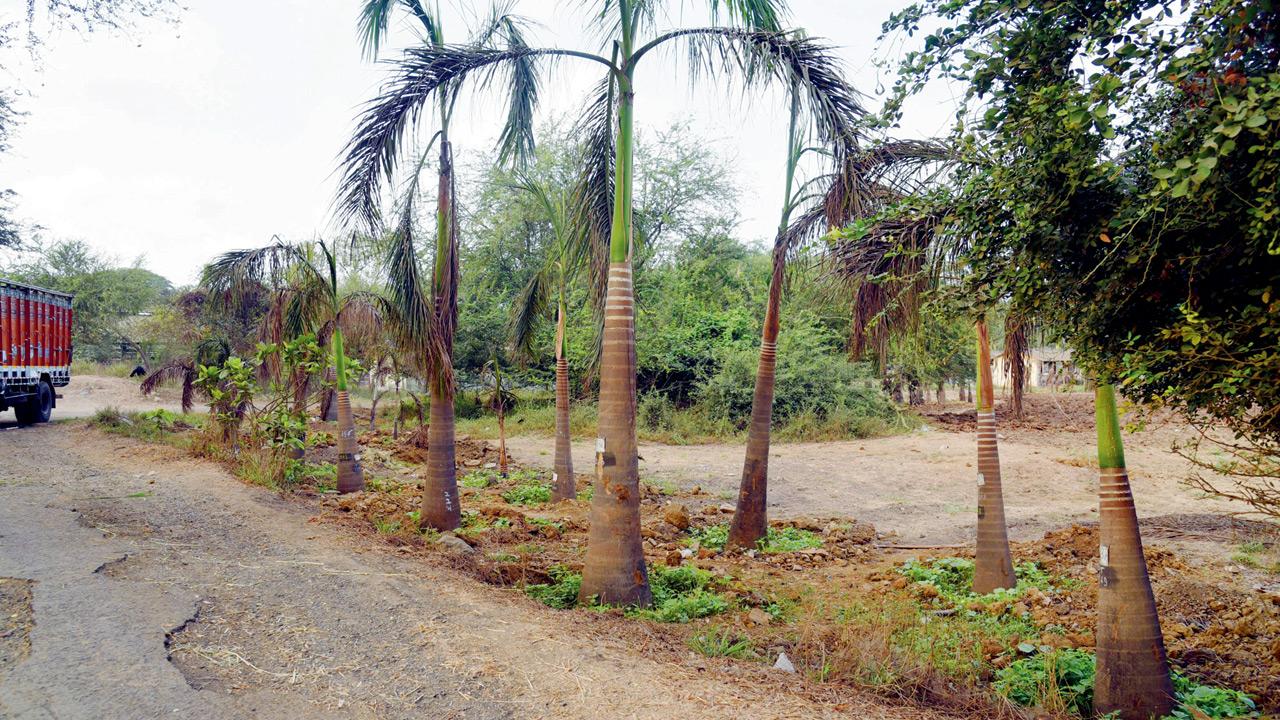
Environmentalist Stalin D said, “It is now gospel truth that compensatory afforestation is a farce. Saplings need huge resources and long-term care. If an audit is done, we’ll discover Mumbai has lost over 30 per cent of its tree cover in the past decade. Project proponents, aided by the Tree Authority, fool both the public and the judiciary by claiming they plant three times the number of trees lost. We need a ban on tree felling, and project planners should be made to plant saplings five years in advance, clearly displaying the reason publicly.”
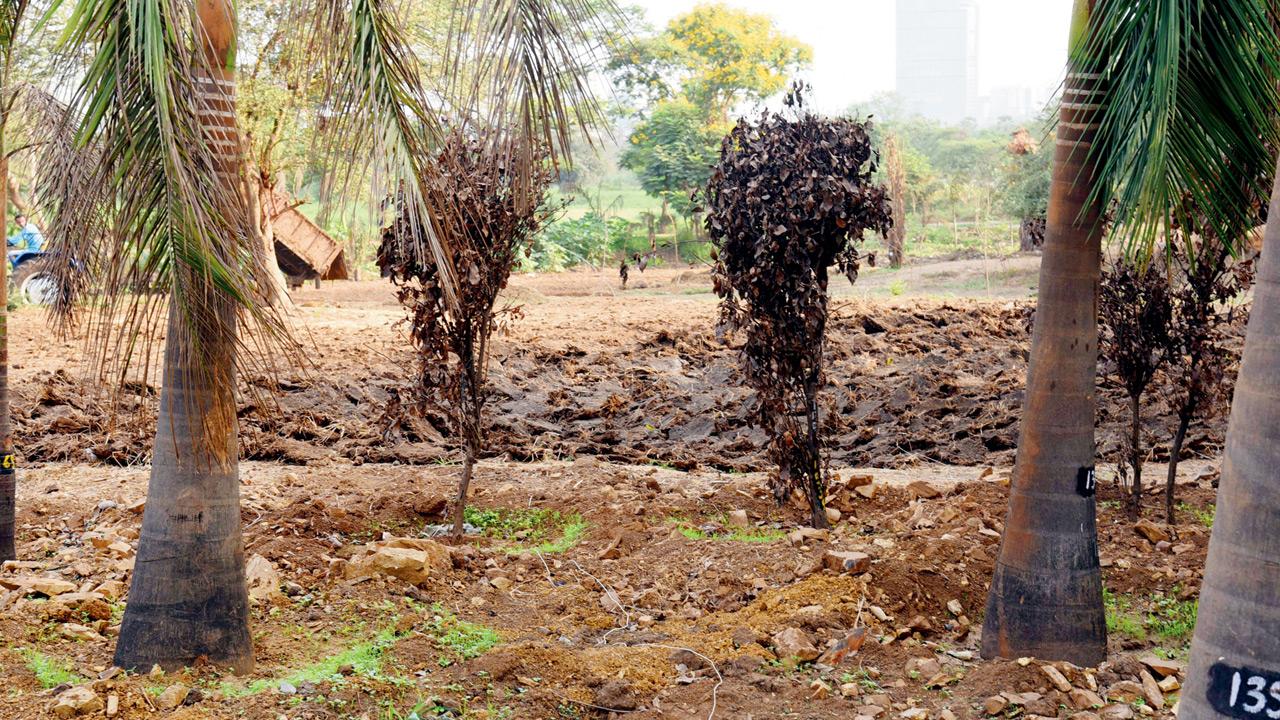
He added, “At least Rs 1 lakh per sapling should be deposited for each tree felled, to ensure its survival, overseen by an independent, credible agency. It’s distressing to see courts approving tree-cutting based on misleading government data.” Green activist Zoru Bhathena added, “Taking a healthy tree, chopping it into a stump, and calling it transplantation is a recipe for failure. That’s exactly what Mumbai Metro has done.”
Tree transplantation rules failing trees and public
As questions mount over the fate of Mumbai’s transplanted trees, activist and advocate Godfrey Pimenta of the NGO Watchdog Foundation breaks down the laws, loopholes, and why most of these trees never stand a chance.
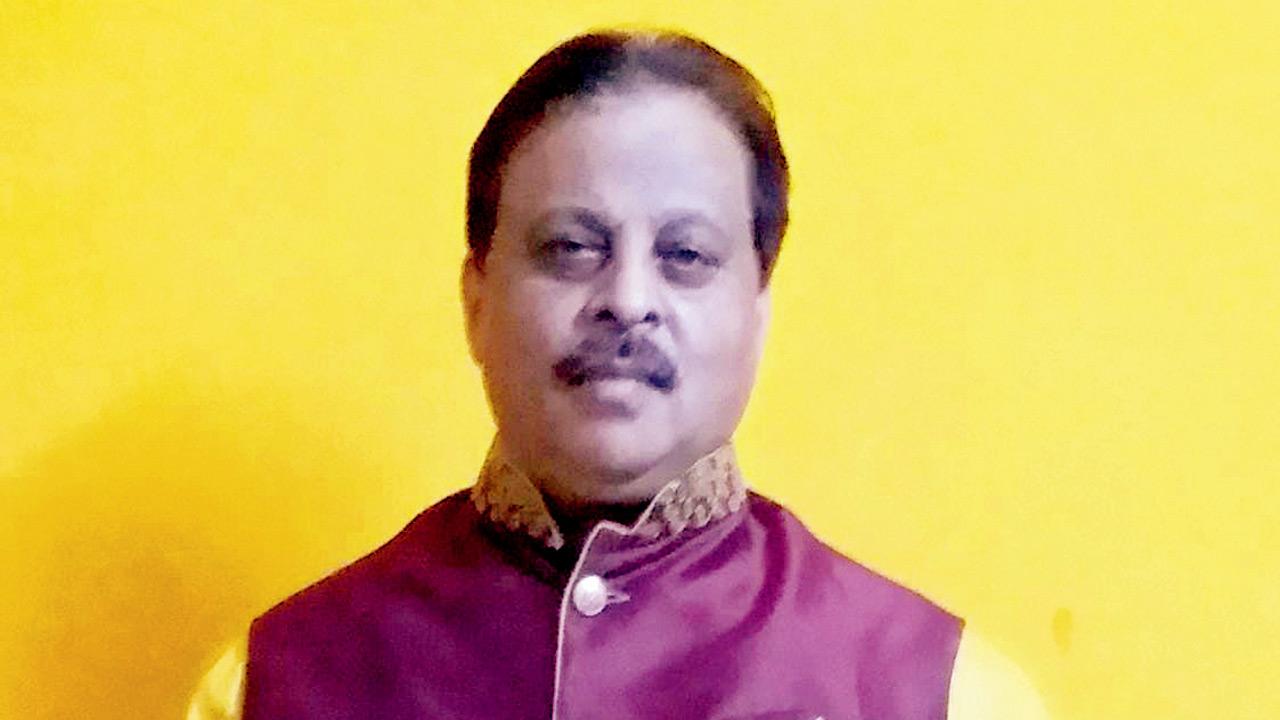
Advocate Godfrey Pimenta
Who maintains records of transplanted trees and their upkeep?
The Brihanmumbai Municipal Corporation (BMC), through its Tree Authority, is responsible for maintaining records of transplanted trees and overseeing their upkeep. The Tree Authority mandates that entities seeking permission to cut trees must submit video footage of the transplantation process to ensure accountability and proper documentation.
What rules govern tree transplantation and what do they provide?
Tree transplantation in Mumbai is governed by the Maharashtra (Urban Areas) Protection and Preservation of Trees Act, 1975. This legislation requires that any tree felling or transplantation be approved by a designated Tree Officer, and public notices must be issued to invite objections. The BMC’s Tree Authority also enforces guidelines that include submitting video evidence of the entire transplantation process for transparency and compliance.
Who decides the area for transplantation and how?
The Tree Authority decides the location for transplantation based on assessments of soil quality, space availability, and environmental compatibility. However, there are concerns over the thoroughness and adequacy of these site assessments.
What role does soil compatibility play in the survival of transplanted trees?
Soil compatibility is critical. If the transplanted tree is placed in unsuitable soil conditions, it experiences high levels of stress, which can lead to its death.
Who decides which trees can be transplanted, and on what basis?
The Tree Authority, in consultation with horticulturists and environmental experts, decides which trees are viable for transplantation. The factors considered for this include the species’ adaptability, age, health, and root structure. Some species, like guava and neem, typically have poor survival rates post-transplant and are not recommended. The transplantation process must also be carefully planned, from choosing the right season to preparing the new site and ensuring post-transplant care.
Ecologist Speak
Priyanka Jundare, ecologist and botanist
One of the reasons why transplanted trees die is because of the soil type and texture that is unfavourable for transplanted trees — for instance soil pH and salinity, soil structure, soil microbial flora that are also responsible. There are other reasons too like, weather conditions while transplanting, root damage, shock, poor handling while transplantation, incorrect planting depth and poor aftercare.
To increase survival rate of transplanted trees, in the case of large trees, root pruning (under observation and expertise) at least 3-4 months prior transplantation should be done. Proper digging and transportation, weather conditions and right time for transplantation (monsoon is the great time and early mornings).Good soil preparation and support for the trees, aftercare like watering, mulching is must.”
 Subscribe today by clicking the link and stay updated with the latest news!" Click here!
Subscribe today by clicking the link and stay updated with the latest news!" Click here!










